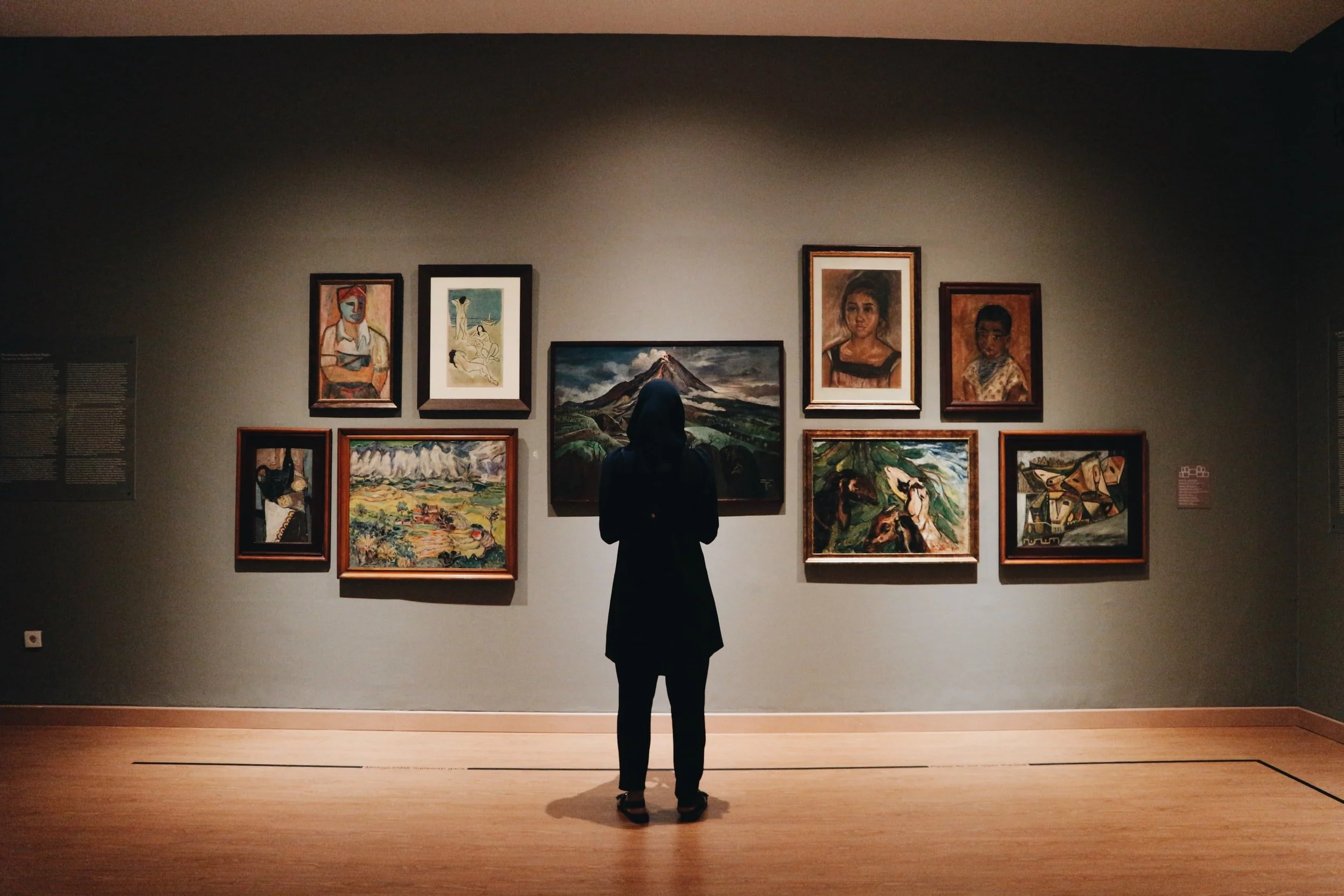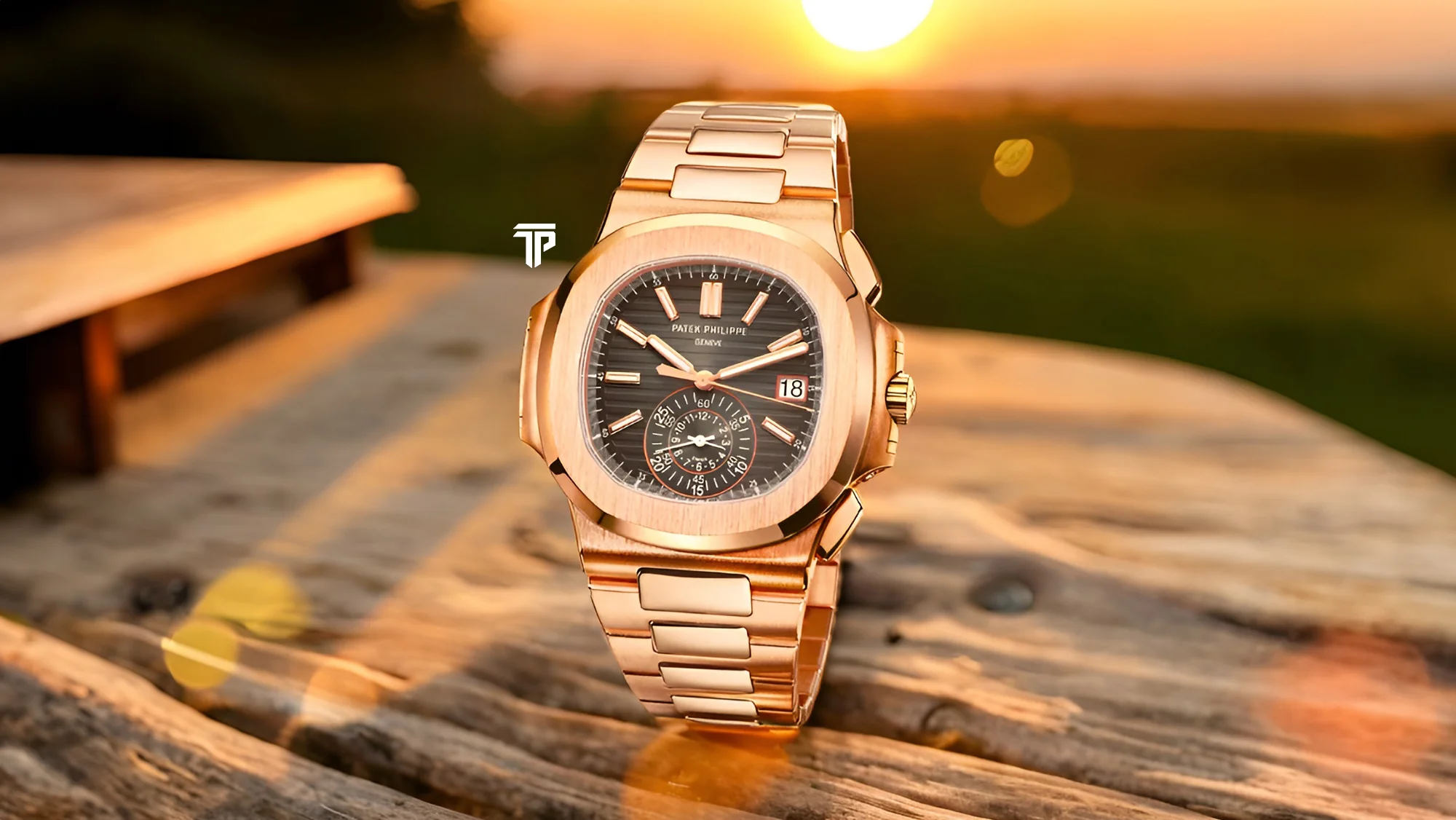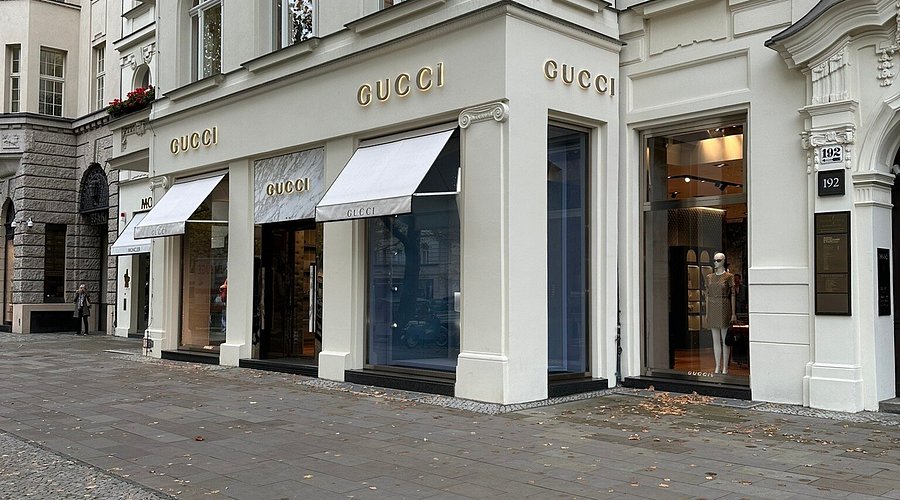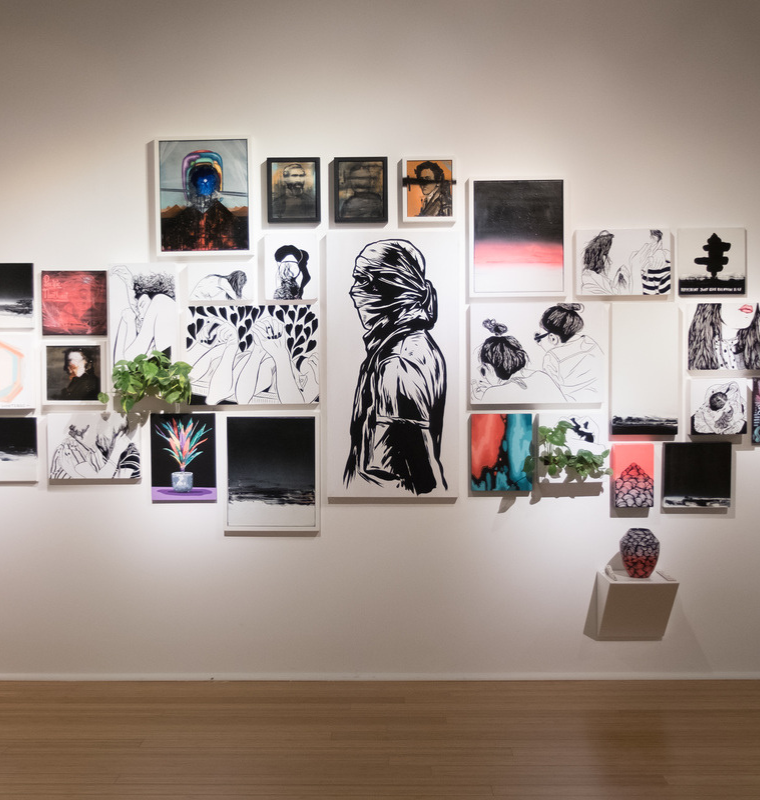The Ultra Wealthy Are Turning Fine Art into Their Most Powerful Investment Tool
By
Sophie Moore
Last updated:
November 9, 2025
First Published:
November 9, 2025

In recent years, the perception of fine art has evolved from being purely a symbol of cultural sophistication to a strategic investment for the global elite. Wealthy individuals are increasingly viewing masterpieces not only as objects of admiration but as assets capable of generating substantial financial returns. The combination of rarity, historical significance, and aesthetic appeal has transformed fine art into a high-stakes market where discerning collectors and investors are seeking long-term value.
Art Beyond Aesthetics
For the ultra-wealthy, the appeal of fine art goes beyond its beauty. Art has become a tangible expression of personal taste while simultaneously acting as a store of wealth that can appreciate over time. Unlike conventional investments, art provides both emotional satisfaction and financial security. Investors are choosing pieces not solely for public display but for the strategic potential they hold in an increasingly competitive market where scarcity drives demand.
Navigating the Global Market
The art market is highly specialized, requiring both expertise and access to elite networks. Wealthy collectors rely on experienced advisors, curators, and private galleries to identify opportunities before they become public knowledge. International auctions and private sales are carefully monitored, as timing and provenance can dramatically influence the value of a piece. In this environment, strategic decision-making is as critical as personal taste, turning art acquisition into a complex blend of passion and financial acumen.
Art as a Hedge Against Volatility
Economic instability has prompted many high net worth individuals to seek alternative investments, and fine art offers a unique form of portfolio diversification. Unlike stocks or bonds, art is largely immune to market fluctuations and can act as a hedge against inflation. The long-term appreciation of rare works often outpaces traditional investment vehicles, giving collectors both security and prestige. Owning art in this context becomes a method of wealth preservation that combines cultural influence with financial foresight.
The Intersection of Culture and Power
For the ultra-wealthy, art is also a form of social signaling. Possessing significant works conveys both cultural literacy and elite status, allowing collectors to navigate exclusive social circles and cement their influence. Private exhibitions, gallery sponsorships, and public donations create opportunities to display taste while reinforcing power. Art, therefore, functions not only as an investment tool but as a means of establishing social authority and personal legacy.
Innovative Acquisition Strategies
Investors are exploring unconventional methods to maximize the value of their art holdings. Fractional ownership, art funds, and private partnerships allow multiple investors to share high-value pieces while mitigating risk. Some ultra-wealthy collectors are even commissioning bespoke works from emerging artists, anticipating future market appreciation. These strategies demonstrate a sophisticated understanding of art as both a collectible and a dynamic financial instrument.
The Role of Technology in Art Investment
Digital platforms have transformed the way the elite engage with art. Online auctions, blockchain authentication, and provenance tracking offer greater transparency and convenience for high-value transactions. Technology also allows investors to monitor market trends and make data-driven decisions in real time. This fusion of traditional art appreciation and modern innovation has created a new era in which fine art is both collectible and measurable, appealing to wealthy investors seeking precision and performance.
Risks and Rewards
Despite its allure, art investment carries inherent risks. Market volatility, counterfeit works, and shifting trends can impact value, requiring careful analysis and expertise. However, for those with access to private knowledge and networks, the rewards can be extraordinary. Multi-million dollar sales at exclusive auctions demonstrate that strategic acquisitions can yield unparalleled returns, further reinforcing art as a powerful and lucrative component of a diversified wealth portfolio.
Art as a Legacy
Many ultra-wealthy individuals view their art collections as enduring legacies. Beyond financial gain, masterpieces are preserved for future generations, displayed in private estates or donated to renowned institutions. These collections become part of family history and cultural heritage, solidifying the collector’s influence long after their lifetime. In this sense, art serves as a bridge between personal passion, societal impact, and wealth management.
Redefining the Future of Investment
The trend of treating fine art as a primary investment vehicle signals a broader shift in the global elite’s approach to wealth. Traditional assets are no longer sufficient to define financial strategy. Art offers a combination of aesthetic pleasure, social power, and financial performance that is unmatched by conventional markets. As the ultra-wealthy continue to seek rare and valuable works, fine art is cementing its place as both a symbol of sophistication and a cornerstone of modern wealth management.
Subscribe to unlock premium content
Sed at tellus, pharetra lacus, aenean risus non nisl ultricies commodo diam aliquet arcu enim eu leo porttitor habitasse adipiscing porttitor varius ultricies facilisis viverra lacus neque.
A comprehensive guide on Agile development

10 Productivity tools that are worth checking out

Top 7 Must have management tools for productivity

A comprehensive guide on Agile development

10 Productivity tools that are worth checking out

A comprehensive guide on Agile development









